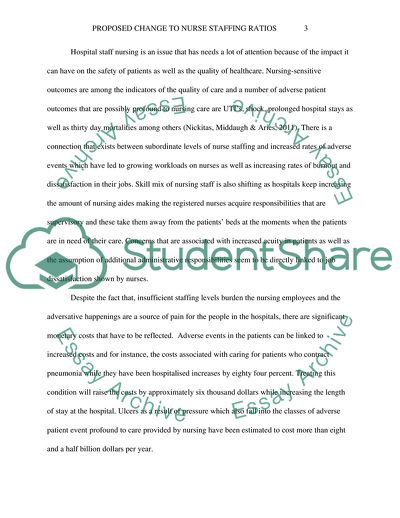Cite this document
(PROPOSED CHANGE TO NURSE STAFFING RATIOS Research Paper, n.d.)
PROPOSED CHANGE TO NURSE STAFFING RATIOS Research Paper. https://studentshare.org/medical-science/1839444-proposed-change-to-nurse-staffing-ratios
PROPOSED CHANGE TO NURSE STAFFING RATIOS Research Paper. https://studentshare.org/medical-science/1839444-proposed-change-to-nurse-staffing-ratios
(PROPOSED CHANGE TO NURSE STAFFING RATIOS Research Paper)
PROPOSED CHANGE TO NURSE STAFFING RATIOS Research Paper. https://studentshare.org/medical-science/1839444-proposed-change-to-nurse-staffing-ratios.
PROPOSED CHANGE TO NURSE STAFFING RATIOS Research Paper. https://studentshare.org/medical-science/1839444-proposed-change-to-nurse-staffing-ratios.
“PROPOSED CHANGE TO NURSE STAFFING RATIOS Research Paper”. https://studentshare.org/medical-science/1839444-proposed-change-to-nurse-staffing-ratios.


